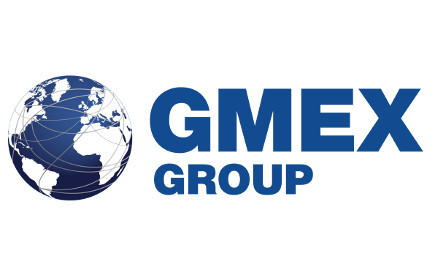-
By Hirander Misra, Chairman and CEO of GMEX Group
One of the biggest changes in post-trade clearing and settlement in recent years is the move to Central Counterparty (CCP) Clearing. Part of this is a result of regulatory changes led by the G20 reforms since the financial crisis and a push by regulators to reduce systemic risk in the financial system, but the reality is that CCP clearing is economically efficient as well.
Historically, in our view, post-trade operations were essentially an afterthought for many organizations. The investment for most groups was on the front-office side. Then came 2008, and the financial world realised the importance of understanding who your counterparties are and what exposures look like. Today we see considerable heterogeneity in the systems various exchanges and clearing houses are running.
To this end we believe there are certain core tenets that need to be embraced by clearing houses, central securities depositories (CSDs) and their partners.
First, with more assets being centrally cleared, today’s post-trade systems really require state-of-the-art technology and portfolio modelling to enable effective VaR testing across multiple asset classes in a single portfolio. This goes hand-in-hand with the need to provide state-of-the-art real-time risk margining for clients.
Second, settlement times are evolving and becoming faster – but at different rates. We’re all aware of the new SEC mandates moving to T+2, but in many asset classes, market participants are increasingly talking about T+1 or even T+0 and real-time settlement. There is a debate in the industry about whether real-time settlement makes sense vis-à-vis the benefits of trade netting, but we’ll leave that for another day. The point is that settlement times are changing and will likely continue to evolve, and exchanges need to accommodate those changes.
Clearing and settlement platforms will need to be scalable and agile to enable quick change. We believe it is critical that they are able to be deployed in a distributed fashion in an era where new advances, such as Distributed Ledger Technology, may change the nature of global asset servicing sooner than most anticipate. This is an issue often overlooked by legacy players in the space and it is important that greater investment in, for example, CSD integration is needed.
Stringent operating compliance also drives the need for an intelligent technology platform. This is key to supporting the requirements of CCPs that wish to meet international standards of operation, including the CPMI-IOSCO Principles for Financial Market Infrastructures, a set of 24 principles and associated practical recommendations, which suggests the best practice for exchanges, clearing houses and CSDs. Many financial institutions assess conformance to these principles when deciding whether to participate with a particular institution. This is often overlooked by many emerging markets when selecting a post trade technology provider. Modern post trade systems should also be ISO 20022 compliant, the highest level of ISO standard for post-trade, and should provide full backwards compatibility with ISO 15022.
With so many assets being dematerialised, it is critical that financial services providers are able to support their clients in satisfying this demand for new forms of digital assets. The reality is that banks and asset managers won’t post collateral and margin to a CCP or put their assets into a CSD, if they don’t have confidence in the infrastructure.
Looking ahead also means understanding and keeping an eye on what is coming down the road. Blockchain is a great example. There is a lot of uncertainty about where that technology is going to go, but clearly the ability to provide greater transparency and potentially real-time clearing and settlement means that blockchain is something to watch. Best-in-class operators have to have a roadmap or a migration path from legacy systems to the systems built on these types of disruptive new technologies.
We envisage that the industry is entering into an era of “Hybrid Market Infrastructure” where such platforms will be both decentralised and centralised which will open up increased efficiency and business opportunities. Operators in the space need to have a greater degree of transparency with the marketplace, including a focus on open APIs and the ability to integrate with other systems. In other words, today’s CCP systems and CSDs require seamless interoperability.
The takeaway here is that the market is evolving rapidly and market infrastructure operators need to adapt to this change in a way that is agile and responsive enabled by technology that supports this as opposed to reliance on legacy systems and processes or they will find themselves less relevant and in the worst case obsolete. Better to plan ahead.
For more articles in this series please see:
Intro: Rewiring today’s exchanges and post trade to forge tomorrow’s market success
Part 2: The Next Frontier In Exchange Trading Systems
Part 4: The Electronic Warehouse Receipts System for the Commodities Markets of Tomorrow





